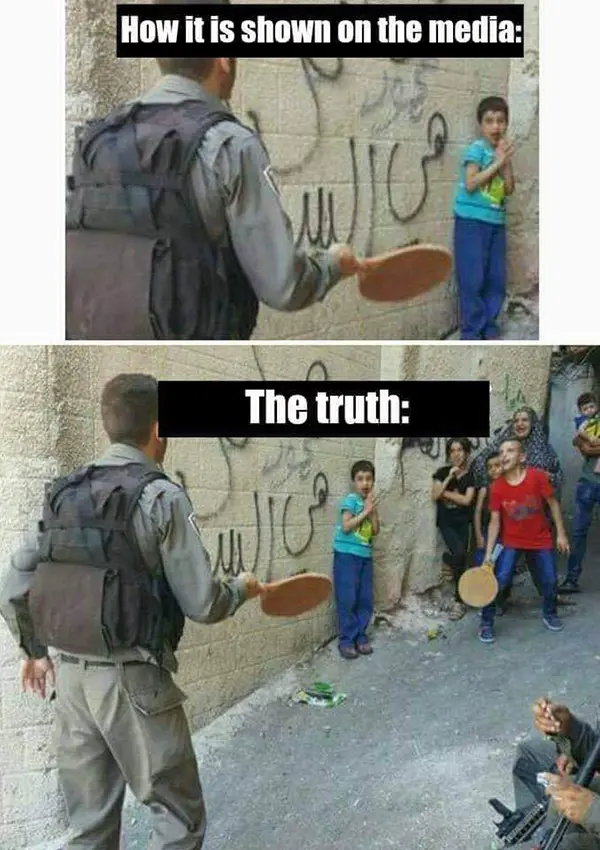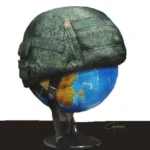Why is the dog wagging its tail?
Because a dog is smarter than a tail!
If the tail was smarter than the dog,
Then the tail would wag the dog!
The ‘tail wagging the dog’ principle in politics is a strategy in which minor or unimportant issues are manipulated to divert attention away from larger issues. This method is reflected in the movie “Wag the Dog”, where a political strategist and a Hollywood producer fabricate a war to distract the public from a sex scandal involving the president. Viewers can’t help but notice how politicians manipulate public opinion using various psychological techniques such as the “primacy effect,” “presence effect,” and “statement of fact.”
The principle of “the tail wags the dog” is also observed in realpolitik, for example, when justifying terrorism. Smaller geopolitical actors facing economic instability and lack of real political sovereignty can manipulate larger powers to their advantage, often without considering the consequences.
The principle emphasizes the dangers to the unarmed public mind and stresses the importance of critical thinking and media literacy in understanding political manipulation.

Technologies and principles of public opinion management
The techniques and principles used to manage public opinion include a wide range of methods and strategies.
- Using mass media to manipulate consciousness: Noam Chomsky’s theory describes 10 methods of manipulating public consciousness, including distraction, creating problems and proposing solutions, gradual application, delayed introduction, appealing to emotion, keeping the public ignorant, and others.
- Populism as a strategy: The politics of populism focuses on creating a sense of identity, as opposed to traditional concepts of class and ideology.
- Social Media in Political Advocacy: Social media are used to group people by interest and target individualized campaigning.
- Fact-checking in political discourse: Fact-checking plays an important role in political discourse as it helps to counteract the negative effects of demonization and propaganda.
“Pallywood” and the practical application of the methods shown in the film
There is such a term “Pallywood”, from Palestine + Hollywood. This is the name given to staged videos and photos that Palestinians take to achieve any goals, mainly to manipulate public opinion. Let’s compare their “achievements” to the events shown in the movie.

- Disinformation: Spreads the rumor of bombers and terrorists in Albania, using the public’s ignorance of the country to maintain the myth. This tactic influences people’s opinions, giving them the impression that there is a threat or not.
- Distraction: A fake news story about a terrorist threat from Albania is created to divert attention from a sex scandal involving the president. This distraction technique allows controlling the information flow and directing public attention to the right topics.
- Emotional Impact: A video clip of a fleeing Albanian refugee girl is created to evoke sympathy and concern. This technique increases emotional attachment to the issue and motivates people to support the president’s actions.
- Image formation and emotional appeal: The image of the president is enhanced through staged events, such as the Albanian national holiday, where he is portrayed as caring and protective, strengthening his image in the eyes of the public.
- Context formation and emphasis: The situation of the “American soldier left behind the front lines” is emphasized, mobilizing public support in various ways, further enhancing the president’s image as a national defender.
- Repetition: The phrase “Don’t change horses at the crossroads” is used repeatedly on various media platforms to reinforce the idea that the current president must remain in power.

Creating and using an enemy image
- Creating an enemy image in political propaganda: An
important element of political propaganda is the creation of an enemy image, which is necessary to maintain power and control. Regimes invest significant resources in creating the appearance of a threat to justify their actions and maintain public approval. This process is often used as a way to divert attention from the mistakes of the government and to provide a target for public outrage. - Demonization tactics:
Demonization is a propaganda tactic aimed at creating a negative image of an enemy by portraying them as evil or inhuman. This technique often involves a process of depersonalization, which can lead to a vicious cycle of actions and reactions, making it difficult to resolve conflicts peacefully. - Consequences of demonization: Demonization can dehumanize entire peoples, political systems or countries, not just individual leaders. Critics argue that demonization is not an effective tactic for influencing the enemy and may actually strengthen their resolve.

Practical application of theory in contemporary media
Modern media, especially the Internet, have moved from being a source of information to a tool for controlling human consciousness, promoting standardized patterns of behavior and influencing the inner world and psychology of individuals. In modern media, the principle of “the tail wags the dog” and the techniques of public opinion management are more relevant than ever. In order to understand how media can influence public opinion, it is necessary to consider the following aspects:
- User agreements and privacy policies: Clauses 1, 3, 5 and 8 of user agreements and privacy policies often contain information about data collection and influencing public opinion. Being aware of this allows you to better understand what data is being collected and how it can be used for manipulation.
- Critical analysis of information: Countering media manipulation requires critical analysis of information, checking various sources, verifying facts and maintaining a healthy skepticism of sensationalist or one-sided stories.
These elements are key to understanding and exposing the manipulation techniques used by modern media to shape public opinion. With this in mind, it is important not only to be aware of the existence of such practices, but also to actively apply media literacy
skills to identify and analyze them.
Psychological aspects of consciousness manipulation
Psychological aspects of mind manipulation:
- Complex process of influencing consciousness: Political manipulation of consciousness is a complex process that includes not only the provision of information, but also deep psychological work. The main goal is to influence people’s perception and behavior, which can lead to significant changes in public consciousness and even in legal processes and political decision-making public opinion management.
- Political-legal manipulation as a scientific category: This type of manipulation is a form of psychological influence used in politics and law to manipulate public consciousness and behavior. It has certain goals, characteristics and methods that distinguish it from other forms of manipulation political-legal manipulation.
Why do dogs wag their tails? Dogs wag their tails as a sign of friendliness and joy. This wagging is usually accompanied by small waving motions and is the dog’s way of showing that he is happy and content.
We also recommend reading:
The story of a dog named Bella, Israel’s Test of Strength, Amit Soussana: I felt completely helpless and scared, Robert Crampton watched the footage of the Hamas attacks in Israel















Leave a Reply